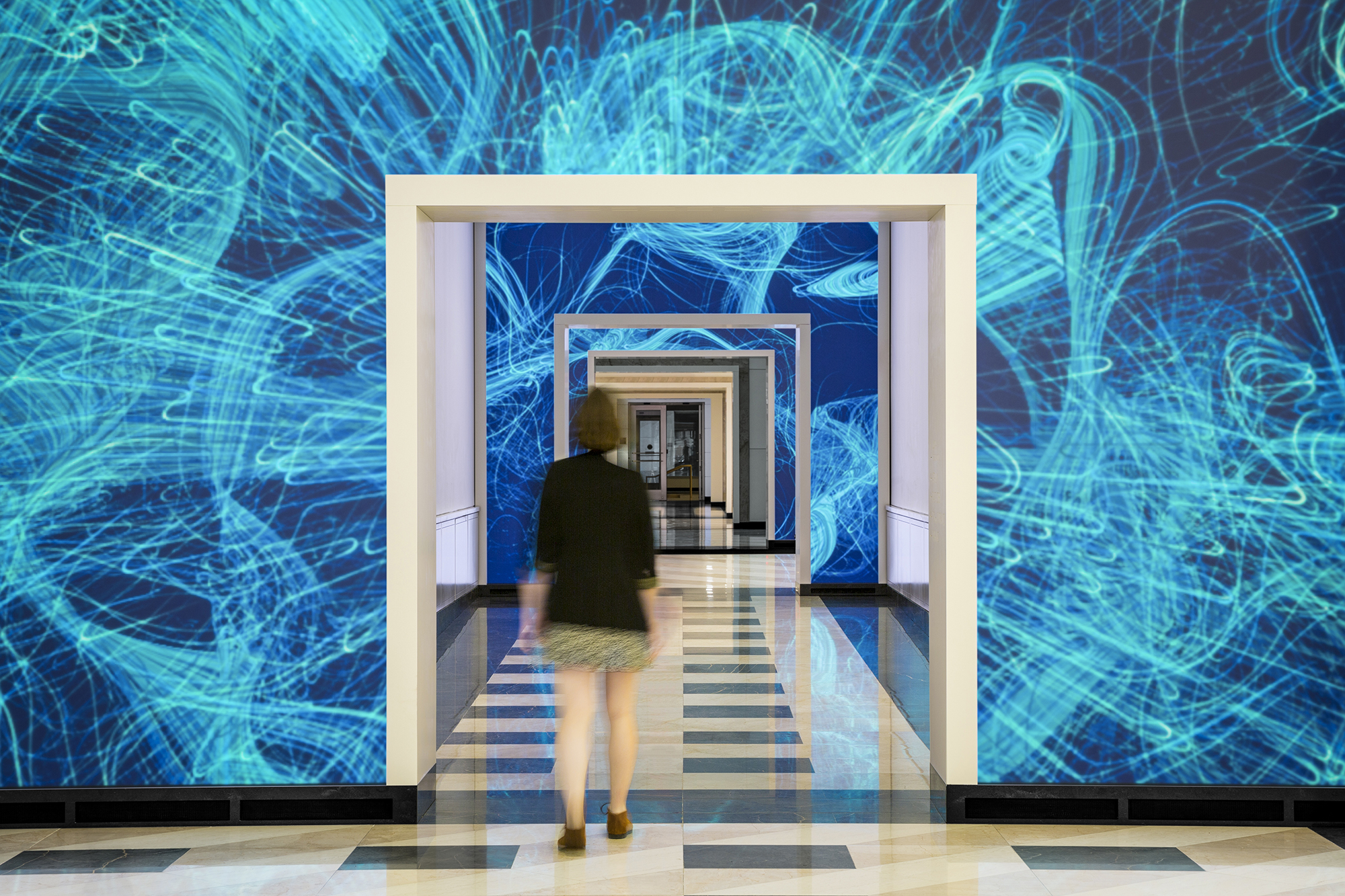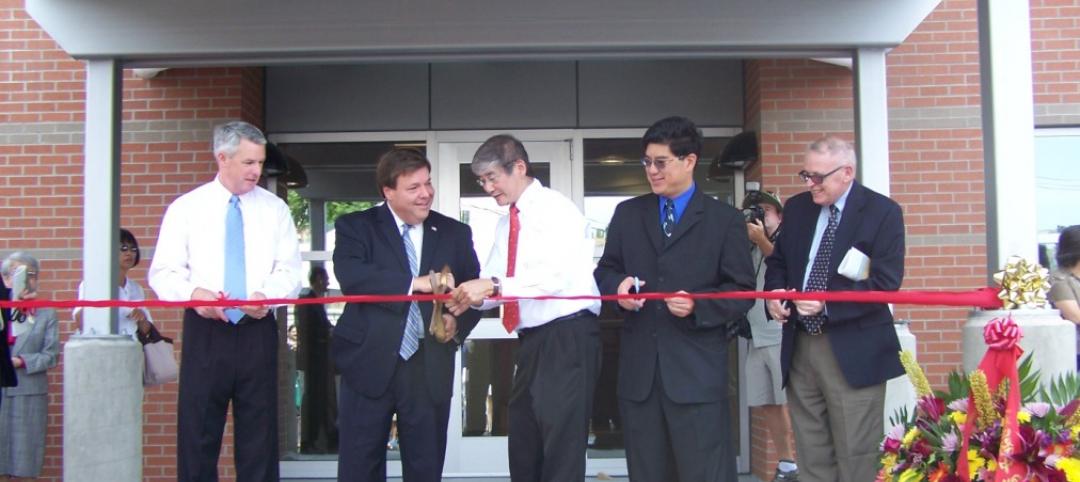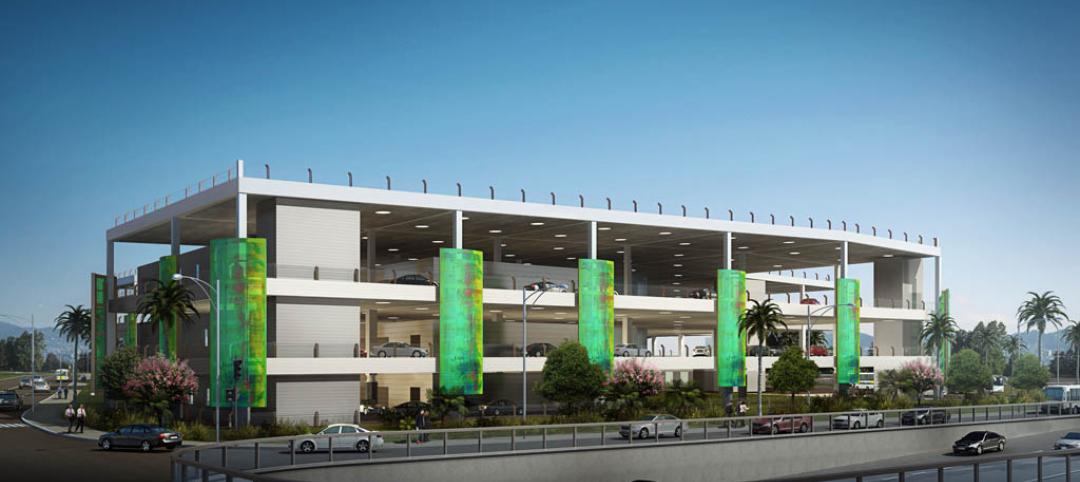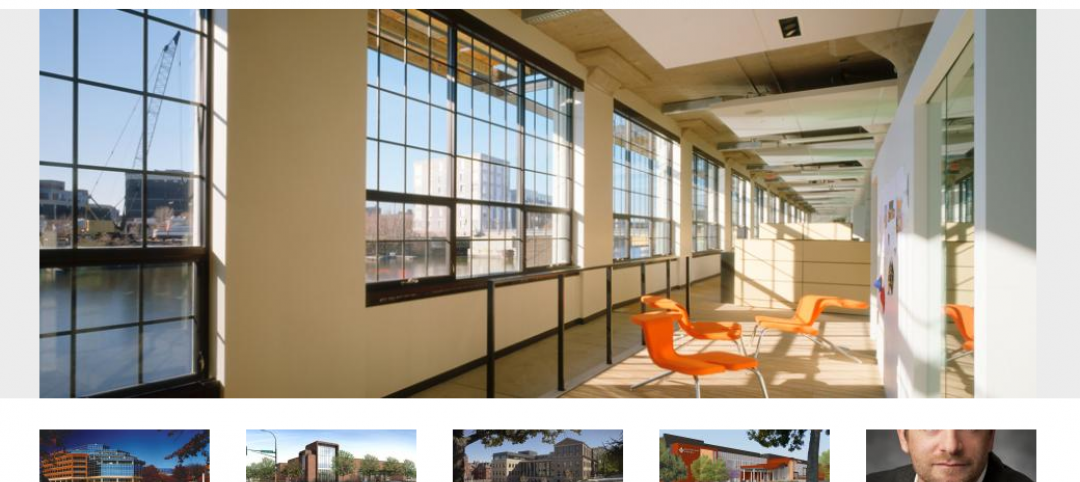NBBJ, the global architecture and design firm, today announced that it has acquired experience design studio ESI Design. The acquisition signals a new era where buildings will be transformed into immersive and interactive digital experiences that engage and delight.
By joining forces, NBBJ and ESI Design’s multidisciplinary team will be able to integrate digital experiences early in the design process, providing clients with more impactful and streamlined services.
Sweeping advancements in technology, from miniaturization to contemporary light projection technology, will make it possible for NBBJ and ESI Design to bring the type of immersive experiences that are increasingly desired as digital centerpieces in museums, stadiums, and transportation hubs to a wider range of industries, including healthcare, education, civic, commercial real estate, and science.
The two firms—which have previously collaborated on commercial real estate and corporate workplace projects in Boston and New York City—will now provide unified solutions as one of the largest and most robust experience design platforms in the country.
“By integrating the design of architecture and dynamic digital experiences, we will create boundless opportunities to energize the places we live, work, and play to stimulate our senses and inspire discovery, learning, and impact” said Steve McConnell, FAIA, Managing Partner of NBBJ. “The acquisition of ESI Design brings this vision to life and increases NBBJ’s ability to serve our clients as they activate their brands, create community, inspire wellbeing, and thrive.”
NBBJ is one of the largest architecture and design firms in the world, with clients that include Amazon, the Bill & Melinda Gates Foundation, Massachusetts General Hospital, Microsoft, and the University of Oxford. ESI Design has most recently received critical acclaim for its design of the immersive visitor experience at the Statue of Liberty Museum, which opened in May 2019. Other clients include Barclays, eBay, The Ellis Island National Museum of Immigration, PNC Bank, and WarnerMedia.
“We are at an exciting moment in time where the diverse skillsets of digital designers, media architecture technologists, gaming engineers and storytellers will partner with architects to create buildings as places that are lively, engaging and evolving,” said Edwin Schlossberg, the founder and principal designer of ESI Design. “NBBJ and ESI Design share a vision that well-designed spaces can bring ideas and brands to life in ways that inform, inspire, and delight. Through our partnership we will push the boundaries of what a building can be and help our clients bring people closer together through shared experiences – by seeking to design in ways that enable the environment to learn from its users so that it, and them get better with use.”
ALSO SEE: Tech Report 5.0: Digital Immersion
Under the agreement, ESI Design becomes NBBJ’s 18th studio. As part of the acquisition, Schlossberg becomes a partner at NBBJ and will lead the ESI Design studio at NBBJ.
Six ESI Design leaders will become principals at NBBJ: Alexandra Alfaro, Angela Greene, Cara Buckley, Emily Webster, Layne Braunstein, and Susan Okon. NBBJ will retain two office locations in New York City: The NBBJ New York office at 140 Broadway and ESI Design, an NBBJ studio at 111 Fifth Avenue. This will create a presence of 160 NBBJ employees in New York City, bringing the firm’s total employees to more than 800 worldwide.
Related Stories
| Sep 6, 2012
Young Spirit of Nature Wood Architecture award to Tiina Antinoja
The award is given for a student work in which wood as a building material has a central role.
| Sep 6, 2012
CPPI awarded $30.3 million contract for University of Florida’s Harrell Medical Education Building
The specialized interdisciplinary learning environment will serve as a focal point for integration and program development for all primary care educational activities in the College of Medicine.
| Sep 5, 2012
Pagano joins Thornton Tomasetti as Vice President in Newark office
Pagano is a Certified Energy Planner and Certified Energy Manager through the Association of Energy Engineers.
| Aug 30, 2012
John S Clark Co. completes teaching lab at UNC Wilmington
Three-story building provides offices, classrooms, and labs.
| Aug 29, 2012
BOND completes South Cove Community Health Center
$11 million, 21,000 square foot community health center opens in Quincy, Mass.
| Aug 29, 2012
Mamayek joins HDR as Design Principal in Boston
He will work closely with the Executive Committee and business group leaders to expand and promote HDR’s Design Excellence initiatives in the Northeast region.
| Aug 28, 2012
McCarthy begins construction on transportation center at Bob Hope Airport
Designed to meet LEED silver certification standards, the facility will feature unique, above ground base isolators that will resist a maximum credible earthquake.
| Aug 28, 2012
Wisnewski Blair & Associates changes name to HGA Mid-Atlantic
New name reflects firm's growing design resources on East Coast.
| Aug 24, 2012
Meis heads to Woods Bagot Sport
Staples Center, Paul Brown Stadium architect to leverage global studio to serve clients worldwide.

















